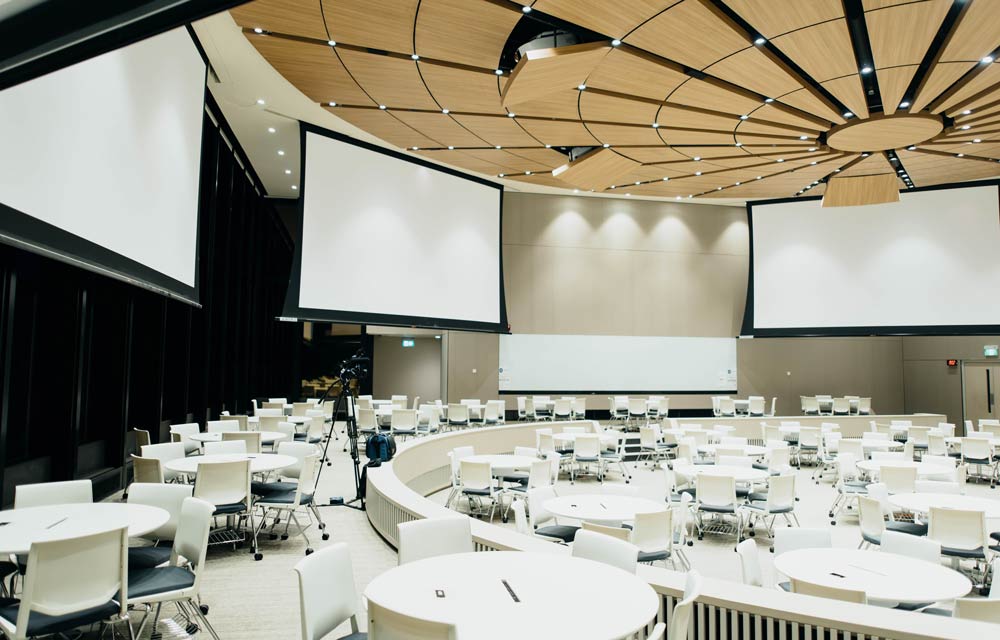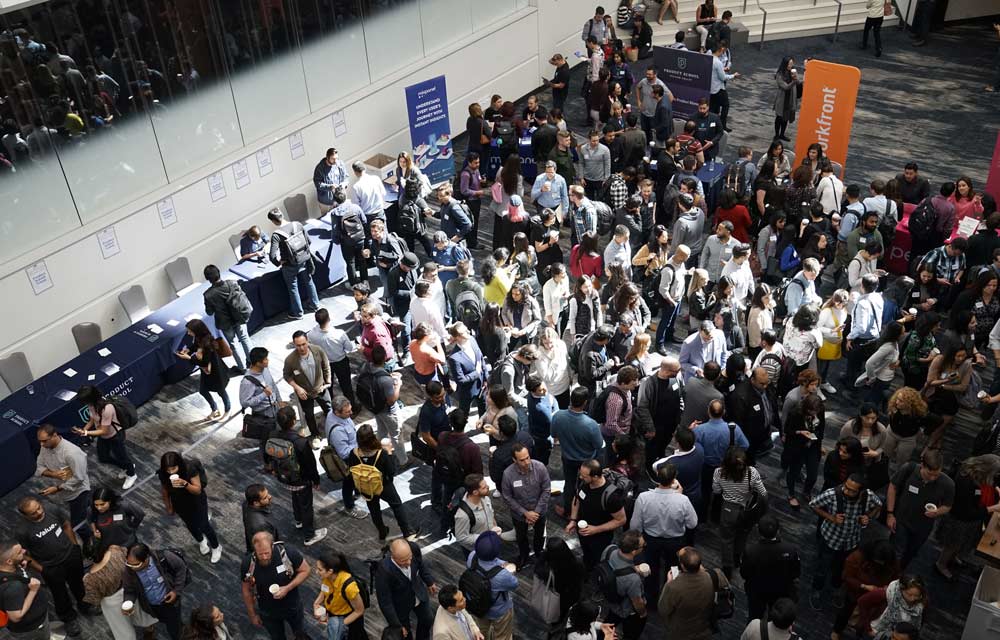Autumn is often the time when team-building events, seminars and workshops – either commercial or internal – are organised. Planning these professional events is rarely the only role of the person in charge, who is left with many things to think about within a generally very short time. Here are some ideas on how to make your event a success and how best to plan it.
Content:
1. Sending out invitations
The first step of event planning is to set the date, the format and know how many people are expected to attend!
Be careful with your invitations. For an internal event, invitations can be informal and sent by e-mail or using the company’s internal communication channel (intranet, messaging platform, etc.).
For a commercial event aiming at reaching prospects and partners, you should customise your invitations, send them early and follow up with reminders. For instance, you could send a “Save the Date” then a reminder several weeks before the event (remember that emails start piling up as soon as everyone is back from summer holidays). Specifying the person’s first and last names and adding a unique or personal touch can make the difference for the guest and his/her perception of the event.
Generate interest with the programme (theme, entertainment, special guests …).
On your registration platform, use a form (a short one, we do not want to lose guests due to too many questions) to learn more about your guests: their company, their role, how long have they been in that role, their availability – if you have several possible dates – any activities and workshops that might interest them … In order to better understand expectations and give you a good foundation for planning and communication of your event thereafter!
For instance, if you have already planned sessions, workshops or discussions, you can create a registration platform for each session to be able to increase – if necessary – the number of workshops if attendance is high or, conversely, reduce their length and review the format.
2. Planning the day
Your event’s format will depend on its purpose – it can last one evening, half a day or a couple of days. These elements will help you define the venue, the schedule, and the service providers necessary for your event.
Your guests do not know each other? This is an opportunity to encourage meetings and discussions. Think about creating networking spaces and entertainment to encourage interactions and team-building. An app or an interactive game can be a good tool to gamify your event, get people to know the company better and challenge the teams.
For your prospects, present your services and your products in a unique way whether using a performance or interactive spaces. It can be interesting to combine two types of presentations: something unique and a second, more conventional one, for those who would rather see a presentation in a keynote format. This will allow you to communicate comprehensively.
Presentations and speeches are expected? Keep it simple and promote exchange, avoid very formal PowerPoint decks. Many new solutions exist now to liven up your meetings, share and interact as a team, even when people are spread out around the world without having to link PowerPoint and Skype in conference mode!
Use social media to increase your exposure and encourage content sharing, your collaborators and participants will be your best ambassadors. Engagement is created through entertainment, so this is essential.
Do not underestimate the importance of breaks, be it breakfast, lunch or cocktail and buffet in the evening. These moments will allow you to create a personal touch and warm and friendly moments using food-trucks, caterers, unique booths, or music. This is the key moment of the event in terms of participant experience. Remember to take the time to find the right service providers, to brief them and to plan all the logistics around those moments: how do they set-up in relation to the space? What are their schedules?
3. Reviewing the event
At the end of the event, you should thank everyone and use this opportunity to ask for feedback: What were the moments and activities they liked? What improvements could be made? Would they like a new edition the following year?
We recently spoke about this: the importance of insights and data is proven. The data and feedback you will collect is essential to take stock of your event and define what improvements should be made for your next events. They will also allow you to get in touch again with potential prospects, to customise your messages according to the topics they preferred (Which booths did they stop at? Which speaker did they see? Did they network?).
You can retrieve this information in the forms filled at registration but also during the event itself by asking for feedback.
We could talk to you about organising professional events for hours, but there comes a time when you have to take action. Discover all the features of our online ticketing and registration, access control and cashless payment solutions by clicking below:



